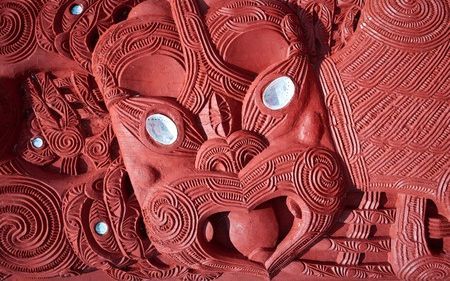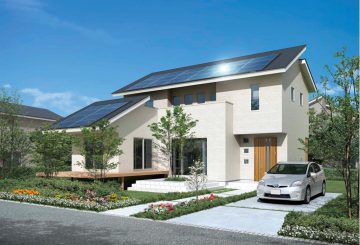The allocation comes from the $100 million Whenua Māori allocation which enables Māori landowners to access to capital to progress projects which are investment-ready and will ultimately support moves towards higher value land use.
This will mean Māori landowners will be able to improve their own wealth as well as create opportunities for their whānau and communities.
Research released in 2013 found approximately 80 per cent of Māori freehold land was underutilised or unproductive. Modelling of the impact of bringing this land into primary sector production and increasing its productivity showed significant economic benefits, including jobs.
Māori land owners face challenges to get capital as the special status of their land means commercial banks are less willing to lend to them.
Some landowners need to do some very fundamental work to remediate their land after poor lease arrangements over long periods of time or because land has reverted to gorse or unproductive scrub.
Mihi Harris, Co-Chair of Waima Topu B Ahu Whenua Trust which received almost $1 million, says the money will make a real difference.
“This funding will mean we can develop parts of the farm that we previously couldn’t, we can employ local people, and we can put in place a succession plan that will make the farm available to people on a benefit and to our whānau.”
Other landowners nationwide are forming collectives with neighbouring landowners to increase commercial viability. This will unleash the economic potential of their land and lead to improved productivity, greater returns for their beneficiaries and increased local jobs.
The list of funding by region:
Northland $6.3 million
Waikato $2.5 million
Bay of Plenty $11.2 million
Tairāwhiti $1.8 million
Taranaki $1.4million
Hawkes Bay $5.4 million
Whanganui – Manawatū $457,477
West Coast $995,500
Whenua Māori: projects allocated funding list
The Provincial Growth Fund works closely with Te Puni Kōkiri and the Ministry for Primary Industries to support Māori landowners to build their governance and management capabilities.






























































